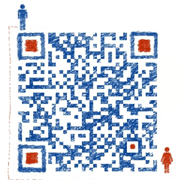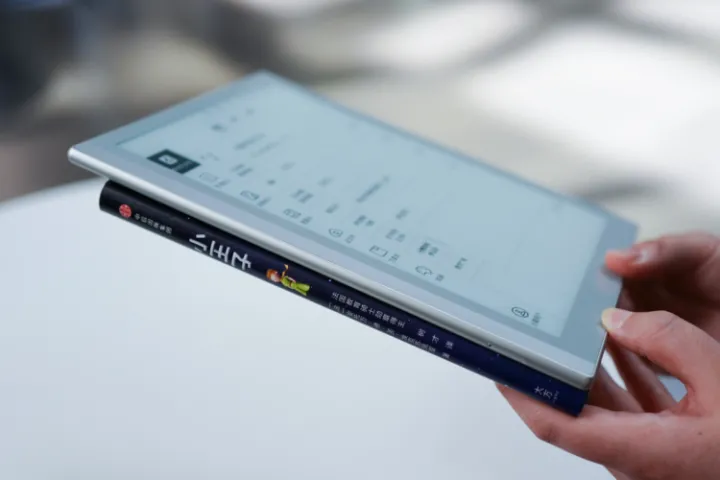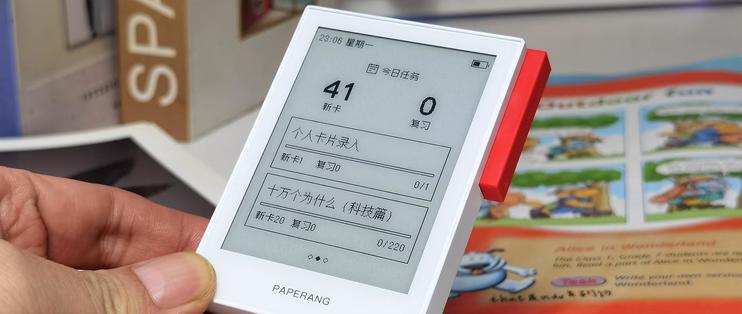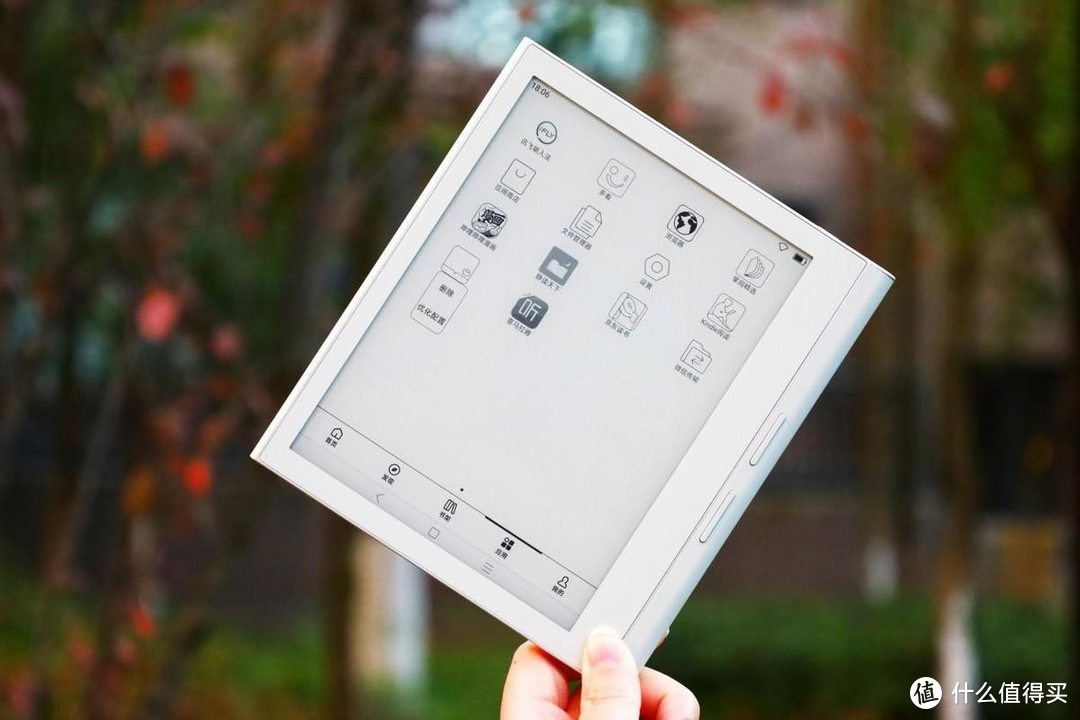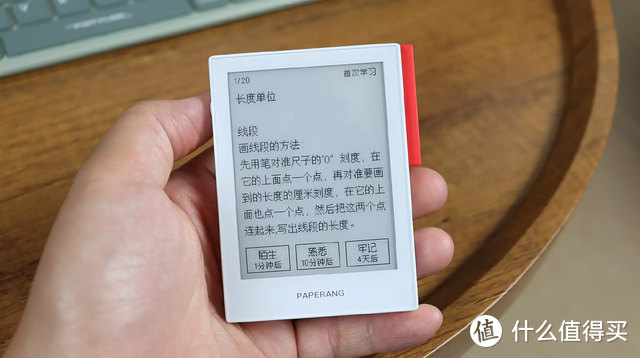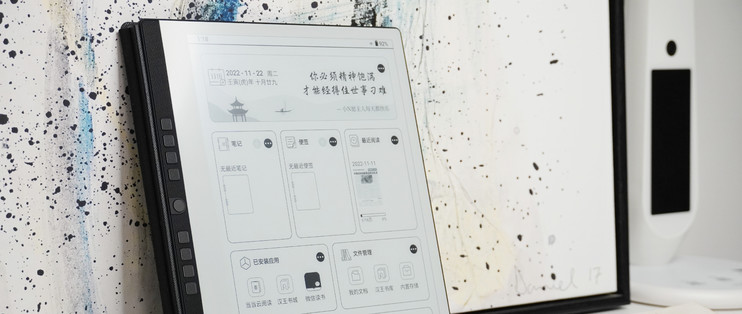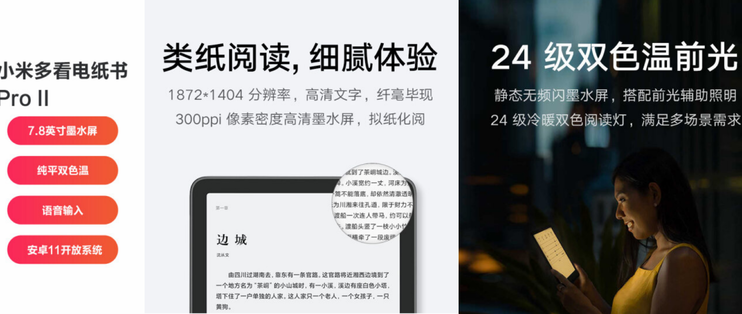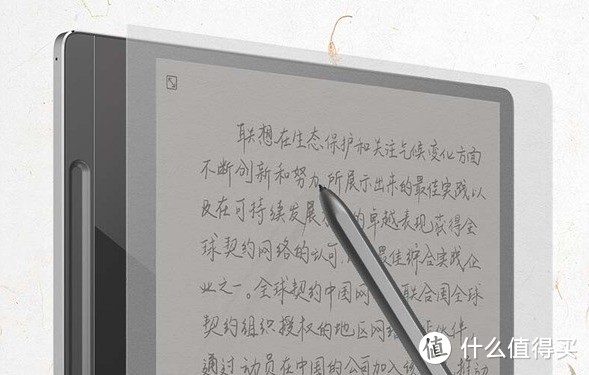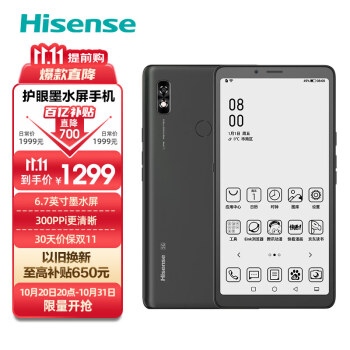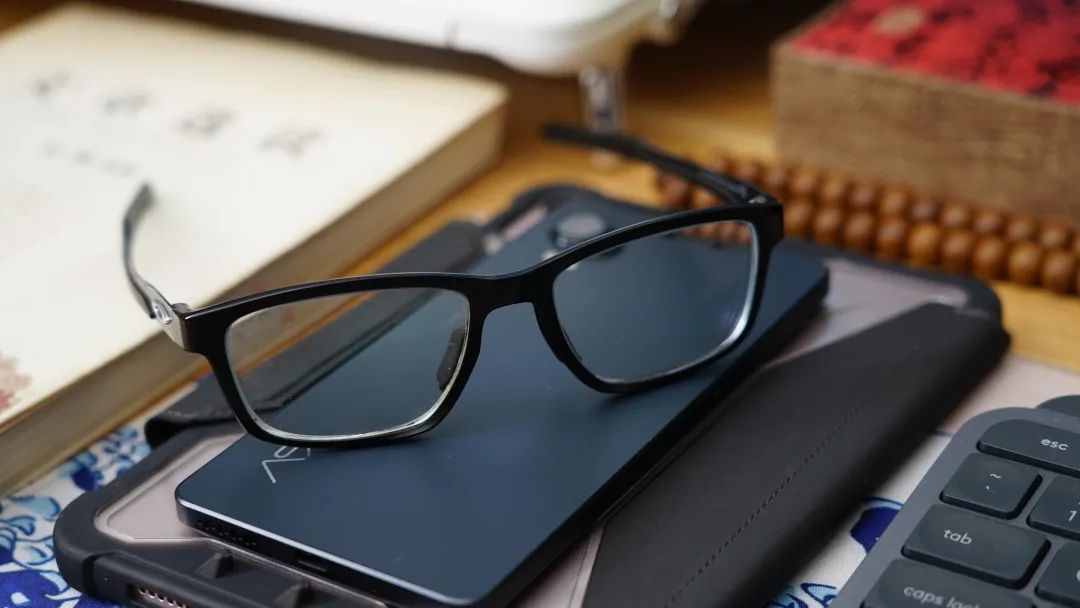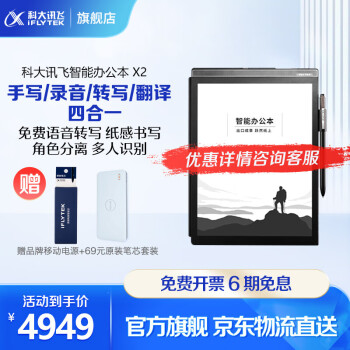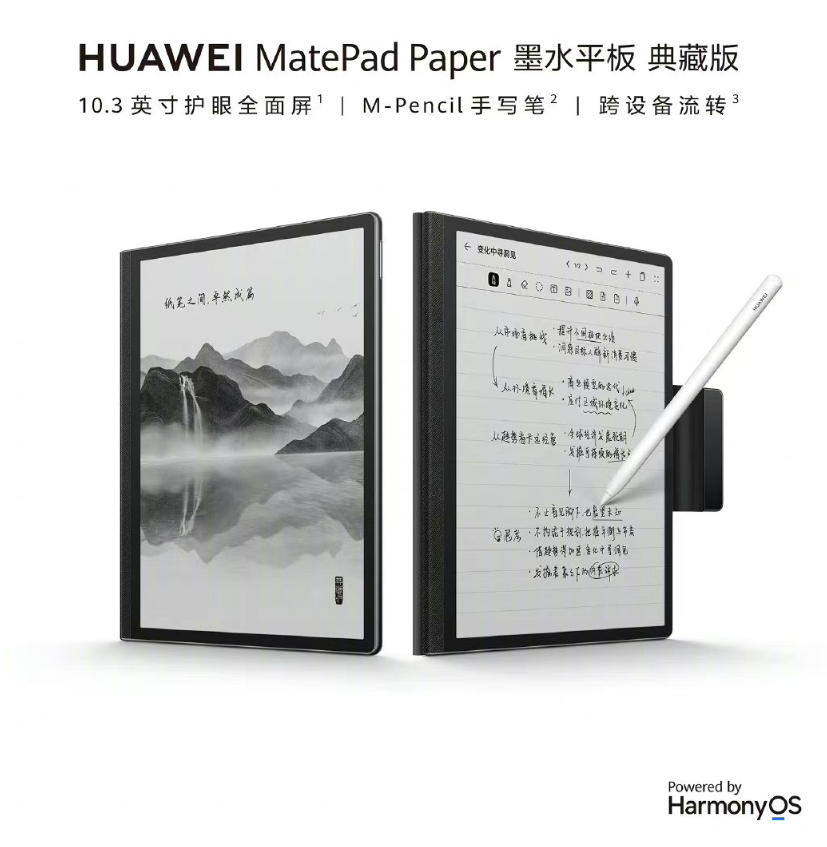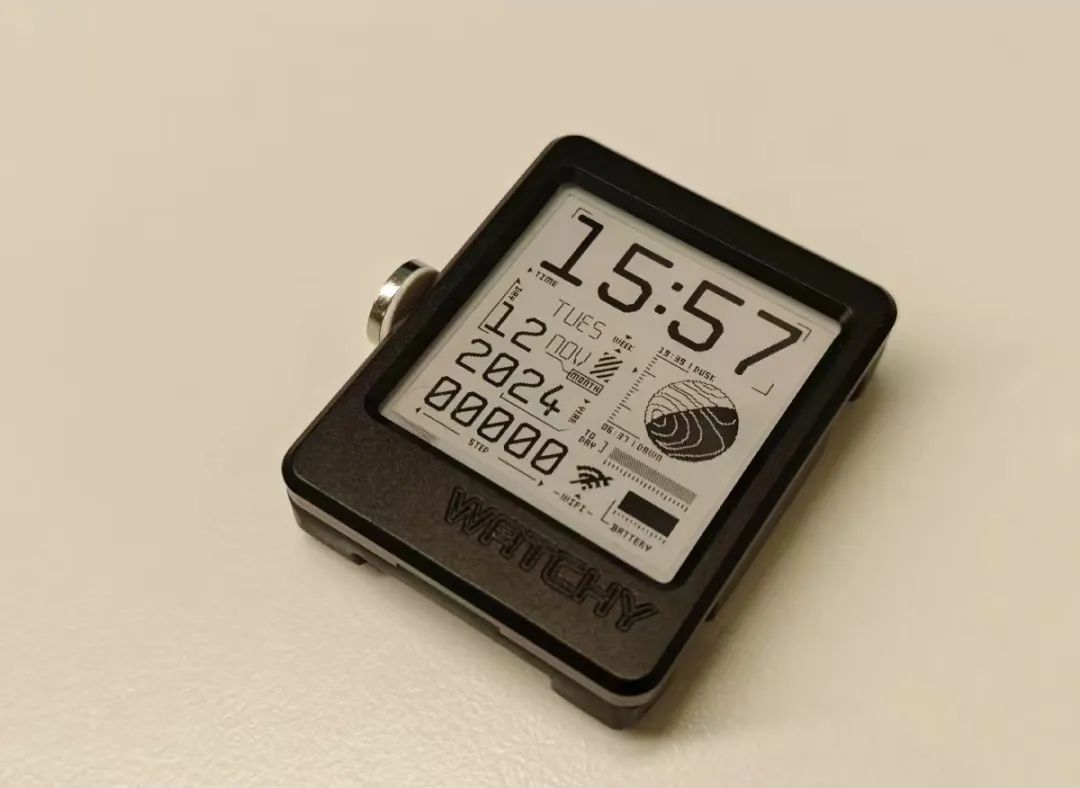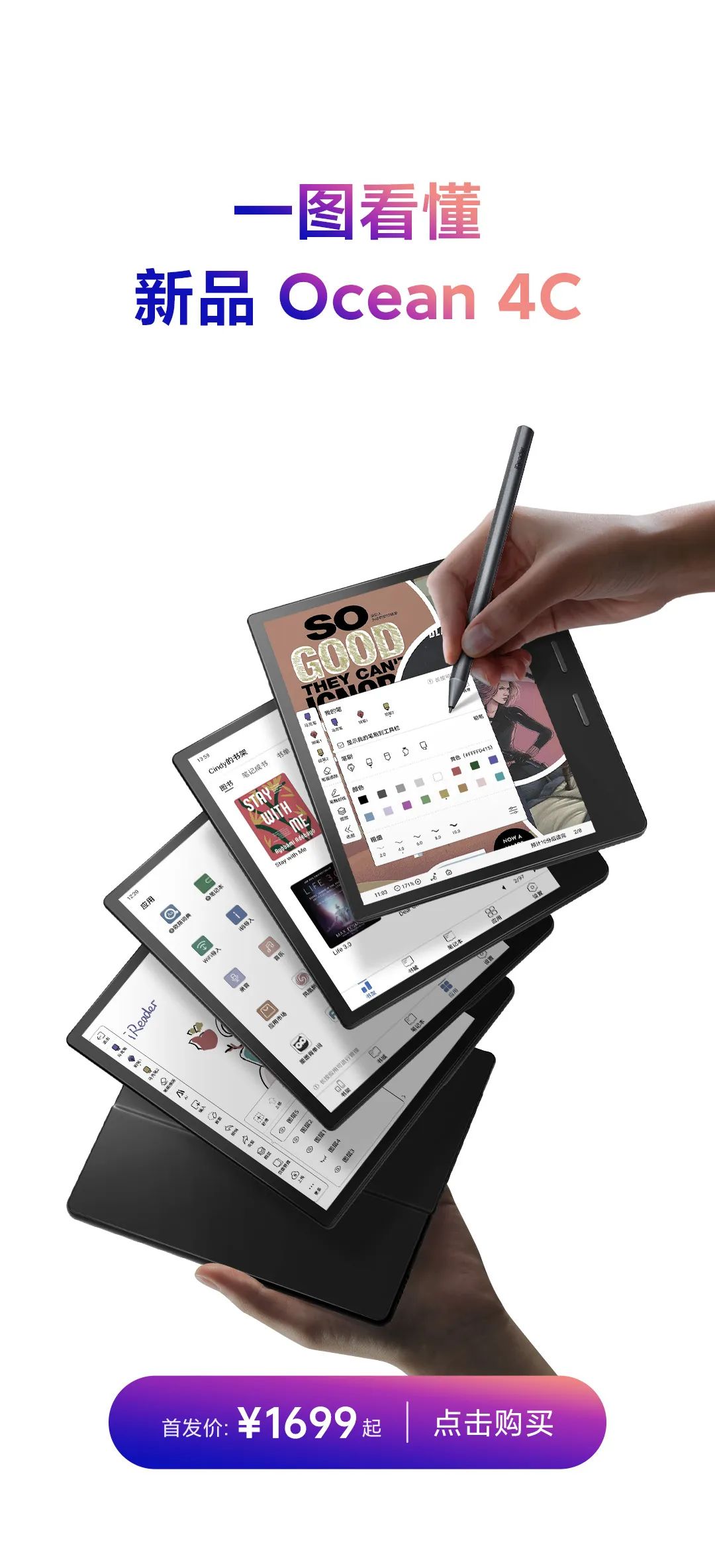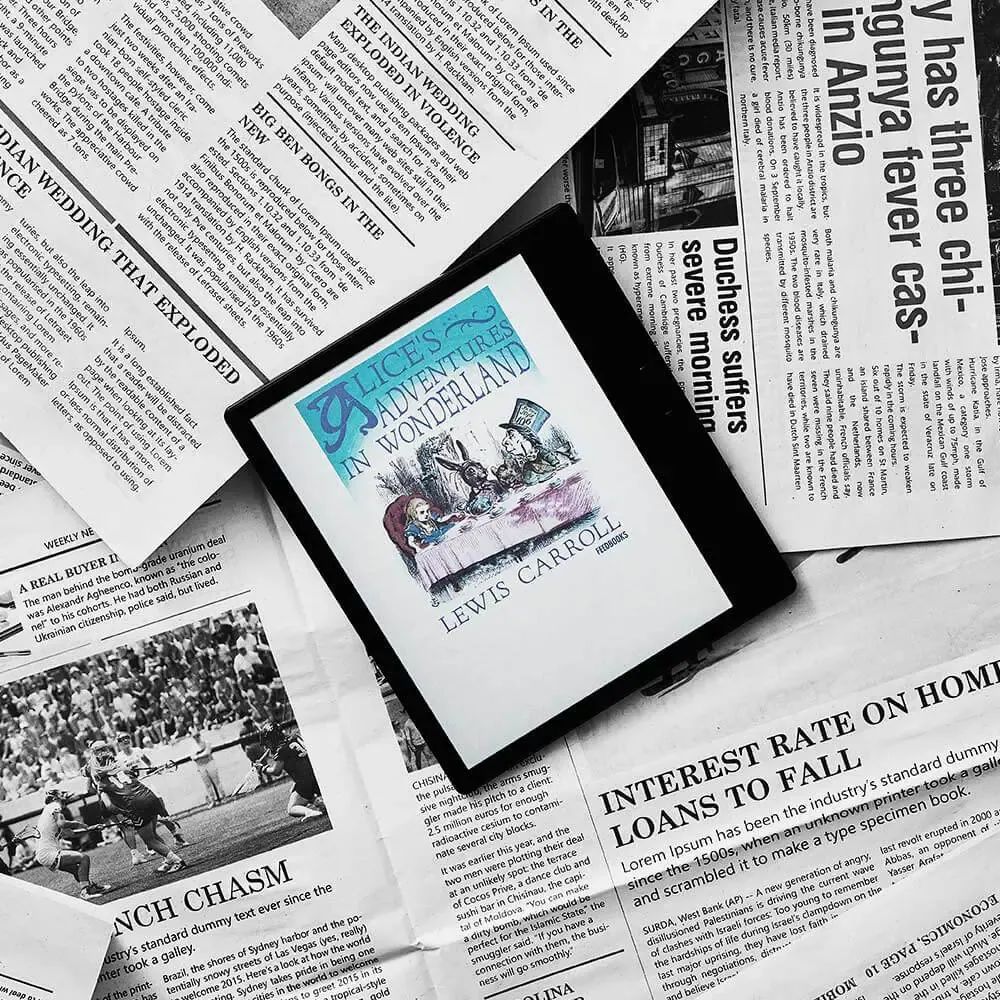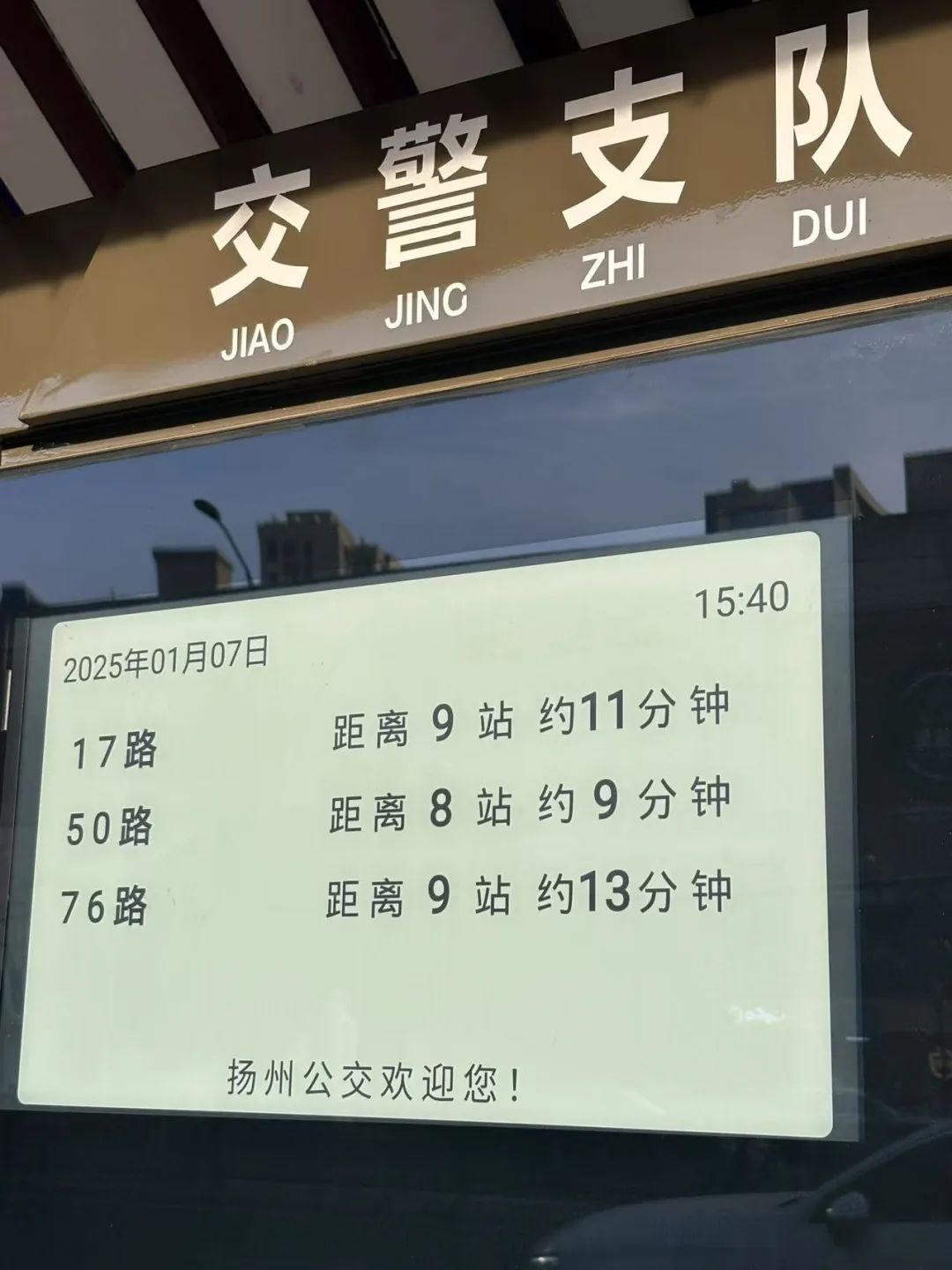LivingPackets将在法国发布第二代The BOX循环快递物流箱 使用墨水屏替代纸质面单
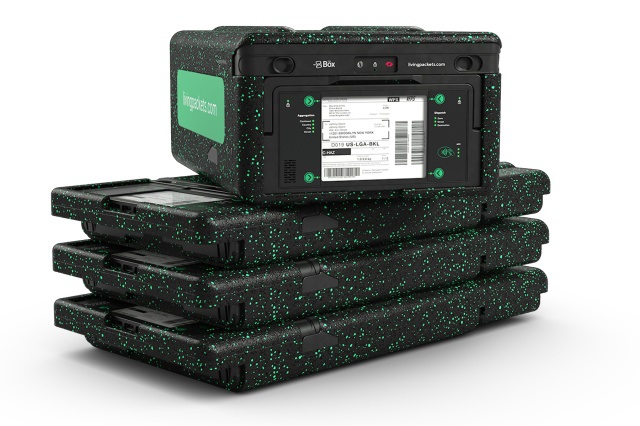
LivingPackets is one step closer to making the traditional cardboard box redundant. Last year, the startup announced a sustainable and re-usable replacement called The Box. It was made from a recyclable expanded polypropylene and featured an E Ink display instead of a single-use delivery label. Since then, the company has unveiled a second-generation model that is now starting to roll off the production line.
Today, it’s announcing the first pilot that will use this upgraded box. Boulanger, a major electronics retailer in France, will adopt the packaging for orders that originate from one of its stores in Paris. Once customers have received their goods, they’ll be able to return the box at any Boulanger-run store.LivingPackets says the pilot has three basic purposes. The first, unsurprisingly, is to successfully weave its boxes into Boulanger’s existing delivery pipeline. The second is to prove that its second-generation box can safely transport expensive items.
Finally, LivingPackets wants to see how customers react to the packaging, and whether they would like Boulanger to adopt it full-time.There are many advantages to using the box. The second-generation model has an integrated camera, for instance, that allows both the retailer and customers to check whether the order has been damaged.
It’s also equipped with a variety of sensors that measure the temperature and pressure inside the case, as well as the pressure, shocks and motion that the goods inside are being subjected to. If you’re ordering something delicate, or that can be damaged through excessive heat or knocks, this could prove invaluable. In theory, a delivery driver could be notified mid-route that the package isn’t secure and should be moved to another place inside their vehicle.
In addition, the second-gen box comes with a speaker and microphone. That means the receiver and delivery driver can communicate with one another without being face to face. LivingPackers increased the size of the E Ink display and added an electrical locking system that stops strangers from opening it. (The recipient uses a companion app to safely unlock it.)
Like a traditional cardboard box, it can also be folded down to save space in both warehouses and recipients’ homes. In its unfolded form, the box measures 495x360x180mm, with an internal capacity of 32 liters. Once it’s broken down, the height is reduced from 180 to 10mm.

LivingPackets
Clearly, a cardboard box is cheaper to produce. LivingPackets believes that its replacement can be cost effective, though. For one, the box can last up to 1,000 trips before it needs to be repaired or recycled. Companies should spend less money on damaged orders, too — a costly process which involves sending out a replacement item and financing a follow-up delivery. LivingPackets plans to make money by charging retailers a small service fee for each box delivery. “We offer flexible packages to e-commerce companies,” the official LivingPackets website explains. “The basic package doesn’t cost e-commerce companies more than what they would pay for traditional cardboard boxes.”
A big problem, though, is the retrieval of these boxes. Nobody wants to leave their home just to return a reusable box, for instance. On its website, LivingPackets explains that its ultimate goal is to create a “circular economy.” You could use the box for a future return, for instance. Or, through the LivingPackets app, use the packaging for any regular delivery — a donation to a charity, perhaps, or sending a birthday present to a loved one. Alternatively, users will get some kind of “reward” if they make their box “available to everybody.” They’ll also be rewarded if they return the packaging to an applicable store or give it to a nearby merchant that needs more boxes for their own deliveries. Finally, logistics partners will earn cash if they agree to pick up the box from your home.
LivingPackets has a long way to go. It’s tested an early version of the box with other companies including Cdiscount and Chronopost. The pilot with Boulanger, though, could be an important stepping stone for the startup. One that shows its idea and business model are worth taking seriously. Society has always had a cardboard problem, but the ongoing coronavirus pandemic — which has forced many to shift their shopping away from bricks-and-mortar stores — has brought it into sharper focus. If enough retailers jump on board, LivingPackets could help society move away from boxes, packing tape and sticky shipping labels that are often thrown out after a single use.
网易有道翻译结果:
LivingPackets离让传统纸板箱变得多余又近了一步。去年,这家初创公司宣布推出一款可持续且可重复使用的产品,名为the Box。它由可回收的膨胀聚丙烯制成,以电子墨水显示器取代了一次性的递送标签。此后,该公司推出了第二代车型,目前已开始在生产线上生产。
今天,该公司宣布将首次试用这款升级后的盒子。法国大型电子产品零售商布朗热(Boulanger)将采用这种包装来处理来自其巴黎门店的订单。一旦顾客收到了他们的商品,他们就可以在布朗热经营的任何一家商店退货。LivingPackets表示,这个试点项目有三个基本目的。第一个,不出所料,是成功地将盒子编织到布朗热现有的输送管道中。二是证明其第二代盒子可以安全地运输昂贵的物品。
最后,LivingPackets想看看顾客对这种包装有何反应,以及他们是否希望Boulanger全职采用这种包装。使用这个盒子有很多优点。例如,第二代机型有一个集成摄像头,可以让零售商和客户检查订单是否损坏。
它还配备了各种传感器,可以测量箱子里的温度和压力,以及箱子里的货物所受到的压力、冲击和运动。如果你点的是精致的东西,或者是可能被过度加热或敲击而损坏的东西,这可能是无价的。理论上,快递司机可以在中途被通知包裹不安全,应该转移到车里的另一个地方。
此外,第二代机顶盒还配有扬声器和麦克风。这意味着接收者和送货司机可以在不面对面的情况下进行交流。LivingPackers增加了电子墨水显示器的尺寸,并添加了一个电子锁定系统,防止陌生人打开它。(收件人使用配套应用程序安全地解锁它。)
像传统的纸板箱一样,它也可以折叠起来,以节省仓库和收信人家里的空间。在其展开的形式中,盒子尺寸为495×360×180毫米,内部容量为32升。一旦坏掉,高度从180降到10mm。
显然,纸板箱的生产成本更低。尽管如此,LivingPackets相信它的替代品是划算的。首先,在需要修复或回收之前,这个盒子可以使用1000次。公司也应该减少在损坏订单上的花费——这是一个昂贵的过程,包括发送替换商品和为后续送货提供资金。LivingPackets计划通过向零售商收取每箱一小笔服务费来赚钱。LivingPackets官方网站解释说:“我们为电子商务公司提供灵活的团购服务。”“与传统纸板箱相比,电子商务公司的基本包装成本并不高。”
然而,一个大问题是如何取回这些盒子。例如,没有人愿意仅仅为了归还一个可重复使用的盒子而离开家。LivingPackets在其网站上解释说,其最终目标是创造一种“循环经济”。比如,你可以用这个盒子来换取未来的回报。或者,通过LivingPackets应用程序,使用任何常规递送的包装——可能是捐赠给慈善机构,或者给爱人送一份生日礼物。另外,如果用户将自己的盒子“提供给所有人”,他们将获得某种“奖励”。如果他们把包装退还给合适的商店,或者把它交给附近的商家,因为他们自己送货需要更多的盒子,他们也会得到奖励。最后,如果物流合作伙伴同意从你的家里拿箱子,他们将获得现金。
LivingPackets还有很长的路要走。它已经与其他公司(包括Cdiscount和Chronopost)测试了box的早期版本。不过,与布朗热合作的试点项目可能是这家初创公司的重要踏脚石。它展示出的理念和商业模式值得认真对待。社会一直存在纸板箱问题,但持续的冠状病毒大流行迫使许多人将购物方式从实体店转向纸板箱,这使这个问题更加受到关注。如果有足够多的零售商加入,LivingPackets可以帮助社会摆脱包装盒、包装胶带和粘性的运输标签,这些东西通常使用一次就会被扔掉。
本文转自:https://www.engadget.com/livingpackets-the-box-replacement-cardboard-trial-boulanger-france-122237753.html

